Home>Home Maintenance>What Is a Kegerator and What Is It Used For?


Home Maintenance
What Is a Kegerator and What Is It Used For?
Modified: December 6, 2023
Beer, beer, and more beer! This is what you can expect when you use a kegerator. Discover how it works and why it is well-worth your money!
(Many of the links in this article redirect to a specific reviewed product. Your purchase of these products through affiliate links helps to generate commission for Storables.com, at no extra cost. Learn more)
As enjoyable as it is to sip a flavorful, smoked cocktail in a bar, it’s better if we could pour and indulge ourselves with a fresh glass of draft beer at home. Well, wonder no more because you can do this anytime with a kegerator! But, first, what is a kegerator and how exactly does it work? We’ll discuss all these in this article so keep on reading.
What Is a Kegerator and How Does It Work?
So, what exactly is a kegerator? As you might have guessed from the word itself, a kegerator is a combination of the terms “keg” and “refrigerator”. A kegerator is essentially both a mini-fridge and a dispenser for a variety of beverages, most notably draft beer or beer stored in kegs. It functions with electricity but requires a carbon dioxide (CO2) cylinder to easily dispense beer!
Read more: What Is A Kegerator?
What are the parts of a kegerator and their functions?
To understand how a kegerator works, let’s see how its basic components work together:
- Cabinet: This is the refrigerator where the keg is stored and cooled inside. It has an opening where the beer flows out from the keg. This also comes in various sizes based on how many kegs you want it to accommodate.
- Draft tower: Also known as tap, this is the beverage loading zone. It sits atop the cabinet so that the beverage travels up into it. The number of taps varies as well, based on the size of the kegerator.
- Faucet: This is inserted into the draft tower and where the beer flows out.
- Faucet handle: This is a lever connected to the faucet and must be pulled for the beverage to flow.
- Drip tray: This is placed below the faucet and is the catch basin for any excess liquid that may drip during dispensing.
- Carbon dioxide (CO2) tank: A kegerator needs a supply of CO2 to carbonate the beer and push it out through the tap. This supplies CO2 to the kegerator via the regulator.
- CO2 regulator: This allows you to change the CO2 pressure for proper dispensing.
- Gas line: This serves as CO2’s passageway and has two ends, one is connected to the CO2 regulator, while the other is to the coupler.
- Coupler: This is a valve that releases CO2 to the keg. It is screwed on top of the keg and has two openings: one for the gas line and the other for the beer line.
- Beer line: This is connected to the coupler and allows the beer to flow to the draft tower.
- Keg: This is a beer container and has various sizes to suit your needs, which we’ll discuss more in this article, so keep reading!
Who Should Use a Kegerator?
Since a kegerator makes drinking draft beer easier, it is perfect for both new and longtime beer enthusiasts! It is great for beer buffs who are tired of empty cans of beer and want to try a new way to enjoy the beverage. This machine is also an excellent idea for people who love hosting parties at their homes because it can serve an endless supply of draft beer!
A kegerator is versatile too and is ideal for non-beer drinkers. Aside from beer, it can also dispense other types of beverages such as sparkling wines and kombucha as long as they are stored in kegs.
What Are the Types of Kegerator?
Like any machine, a kegerator comes in a variety of configurations to meet the needs of the user. You can select from freestanding kegerators, built-in kegerators, mini kegerators, and outdoor kegerators for yours.
Freestanding Kegerator
Freestanding kegerators are the most common type of kegerators. They have stands, and in most cases, casters, or wheels for ease of use. This allows you to place them wherever you want in your home. These kegerators can typically accommodate full-size kegs (also known as half-barrel) but they can also use and store smaller kegs. Some freestanding models can also hold multiple and different kegs at once. This is based largely on the size and design of the kegerator.
For example, freestanding draft towers with double taps or two separate faucets can serve two different brands of beer. This is because there are two separate beer lines that are connected to the draft tower, one for each tap. Triple tap freestanding kegerators exist too, which can serve three different beverages at the same time.
Take note that freestanding kegerators have ventilation on the back part of their units. Therefore, they cannot be installed as built-ins as the vent will be trapped, causing the units to overheat.
Read more: What Size Tubing For Kegerator
Built-in Kegerator
Built-in kegerators are ideal if you want a kegerator that will complement the seamless and sleek appearance of your home. These dispensers are designed especially to be integrated directly into countertops as their ventilation is in the front of the units. As such, you can install them against the walls and beneath your counter without fear of overheating or the condensation damaging your countertop.
Built-in kegerators can accommodate a variety of keg sizes. They are available in single, double, and triple tap designs, just like their freestanding counterparts.
Installing it at your home is also easy. You can configure and assemble it on your own, but you can always seek professional assistance if you want it properly installed in your kitchen or bar.
Mini Kegerator
If you have a small space, a mini kegerator is for you. This kegerator is the smallest type; perfect to accommodate mini-kegs of beer inside that typically measures 5 Liters. Thus, it only comes in a single tap but is nevertheless the lightest and the most portable kegerator that you can use at home.
A mini kegerator is self-pressurized, which means that it only needs to be connected to electricity and a small CO2 canister (usually a 16-ounce CO2 cartridge) and a regulator to successfully dispense the beer. The CO2 canister is typically attached to the inner part of the mini kegerator’s lid and can power through the kegerator until the beer keg is empty.
It is worth noting that some mini kegerators operate in different ways (like the NutriChef Mini Keg Dispenser featured above). Instead of requiring a mini beer keg inside, mini keg dispensers function more as the keg itself, meaning they need to be filled directly with beer.
Depending on their designs, they usually have a liquid volume capacity of up to 64 ounces. This is equivalent to the content of one growler (the tall glass bottle that stores draft beer) and the content of about five 12-ounce beer bottles (also known as longneck). Despite the difference in design, these mini keg dispensers still use small CO2 canisters and regulators for them to effectively dispense beer.
Commercial Kegerator
Commercial kegerators, as the name implies, are primarily used in commercial establishments such as bars and restaurants. They come in either freestanding or built-in designs and are significantly larger than average home kegerators. In fact, they are usually available with two to three doors and come with not only a single tap but up to three or more taps to meet the needs of a large number of people.
In addition, these kegerators have the capacity to accommodate multiple kegs in various sizes such as full-size, half-size, and mini-kegs. It can also store canned or bottled beverages, as well as other bartender kits.
Outdoor Kegerator
Cold beer can always make outdoor gatherings more fun! While using Styrofoam cooler boxes may suffice for this purpose, outdoor kegerators are far more convenient to use. These are kegerators that are specially constructed to withstand and work in outdoor temperatures ranging from as low as 45 degrees to as high as 100-degree Fahrenheit. They are also available in single and multiple tap designs.
Outdoor kegerators are also typically made of sturdier, non-rusting stainless steel exterior, and have thicker sealing constructions. With that, they are perfect to use for your outdoor bar, covered patio, basement, or garage. These outdoor kegerators come in both freestanding and built-in designs too. Many models have casters that make them portable as well.
Even so, keep in mind that not all freestanding and built-in kegerators are for outdoor use. Some of them lack the proper insulation and cooling design to function in a different setting, which is why it is critical to thoroughly check the manufacturer’s label and manual to determine the full capacities of your kegerator.
Read more: What Temperature Should A Kegerator Be
What Factors Should You Consider Before Buying a Kegerator?
Choosing the best and most suitable kegerator goes beyond running down its many types. You’ll also need to consider the following factors to ensure a fuss-free and enjoyable draft beer drinking experience.
Indoor and Outdoor Storage Space
First and foremost, you’ll need to measure the space where you’re going to use your kegerator. Can it fit your kitchen or your outdoor bar? Of course, you can determine this by knowing the overall dimensions of the kegerator first, then measuring the space that you have, and finally, comparing the two.
Keep in mind that a standard kegerator is at least the size of a keg, which means you’ll need a floor space that is larger and wider than the keg itself. If you have a small space, you can always opt for a mini kegerator. This dispenser has a small footprint on your countertop or table and is simple to store when not in use.
Regardless of the size, make sure that the area where you intend to place your kegerator is not too cramped so that you and your guests can easily access it.
Size and Portability
Deciding on the size of the kegerator that you want should depend largely on the amount of space that you have, as discussed above. Kegerators that hold full-size kegs tend to be bulky, which is excellent if you have a large space.
Commercial kegerators, on the other hand, are the largest, which means they also require the largest floor space. Consider the exterior and the interior dimensions of these kegerators to get a more concise measurement to compare to the space of your room. Unless they come with wheels at the bottom, these traditional kegerators weigh a lot, and may not exactly be portable.
Opt for mini kegerators if you want the most portable one and if you have a tight space. And as they contain a lesser amount of beer than the standard kegerators, these mini dispensers are easy to use and carry in the kitchen, home office, studio, and bedroom.
Keg Size
As kegerators have various keg storage capacities, it is best to get one that can accommodate the size of the keg that you want – based not only on the space available in your home but also on your consumption level.
If you are a casual drinker or are just getting started with alcoholic beverages, it is best to start slow and stick to mini kegerators at first. If you are a lifelong beer enthusiast or someone who enjoys hosting parties, you can never go wrong with freestanding, built-in, outdoor, and commercial dispensers that come with a single tap, dual tap, and triple tap configurations.
To give you a better grasp, here’s a list of the various keg sizes and their approximate volume content:
- Mini keg: 5 liters/1.75 gallons/224 ounces
- Cornelius keg: 5 gallons/640 ounces
- Sixth barrel: 5.16 gallons/661 ounces
- Slim quarter barrel: 7.75 gallons/992 ounces
- Quarter barrel: same volume capacity as Slim Quarter Barrel but with a wider yet shorter build
- Half barrel (full-size keg): 58.67 liters/15.5 gallons/1,984 ounces
When selecting a kegerator based on its keg capacity, take note that most residential kegerators on the market today can hold one full-size keg or one slim quarter barrel. They can also hold two sixth barrels individually. Aside from that, standard kegerators can always fit a keg that is smaller than its maximum capacity, which is a great idea if you want a more portable keg or if you want to reduce your consumption.
Read more: What Is A Kegerator Conversion Kit
Noise Level
Let’s not forget about the noise level of the kegerator. As kegerators operate the same way as refrigerators and dispensers do, they are bound to make the same buzzing and chirping noise. Hence, if you’re buying online, it’s best to get one with the lowest decibel rating possible, or at least one with a “quiet” review from customers. This will also allow you to install and use a kegerator anywhere in your home, including your office or work area, where you need utmost concentration.
Functionality
Without a doubt, all parts of a kegerator are important as they all fulfill specific roles to ensure that the kegerator is in the best condition. Therefore, you must also check each of them and the kegerator’s accessories as well to ensure that the unit is well worth your money.
Go for a kegerator that has a convenient digital display, a great cooling system, and a functional regulator setting, just to name a few. Having extra items like casters, a kegerator cleaning kit, a fan, and a portable battery pack can also make your kegerator more efficient and convenient to use.
Cost and Maintenance
Let’s admit that getting a kegerator sounds awesome, but are you ready for all the cost and maintenance? Not to mention the commitment that comes with owning one?
A standard kegerator, for example, can cost anywhere between $200 and $5,000, depending on its overall design. Aside from that, you’ll need to account for the cost of CO2, which can range between $20 and $15 per refill. You’ll also need to spend money on kegs, which range from $15 to $30 for mini-kegs and $70 to $250 for Cornelius kegs to half-barrel kegs. Aside from these costs, you’ll also need to replace any parts of your kegerator whenever necessary, which can mean additional costs.
All these may sound overwhelming, but don’t worry, a kegerator is proven cost-effective in the long run! Having one means you can save twice the money you spend on buying bottled and canned beers. Plus, you can enjoy draft beer at home anytime you want!
How to Clean a Kegerator
Owning a kegerator involves the responsibility of cleaning and maintaining it so that it functions properly. With that, it is important to clean yours as often as possible, or after each and every keg. This includes cleaning the exterior surfaces and, most importantly, the beer line to remove residues that may have accumulated over time.
Read more: What Kind Of Keg For Kegerator?
Things You’ll Need:
Before starting, make sure that the kegerator is shut off to avoid electric shock. Do this by unplugging the kegerator and turning off the CO2 and closing the CO2 regulator. After that, follow these steps:
- Detach the keg, tap, coupler, and beer line from the kegerator.
- Next, clean the outside of the kegerator using an appliance cleaner or a mild soap and a cleaning cloth.
- Focus next on wiping the internal compartment of the kegerator, which includes the cooling unit.
- Wipe down the external surfaces of the removable parts such as the draft tower, drip tray, tank, regulator, coupler, and beer line.
- Proceed with cleaning the removable parts using the solution from the kegerator cleaning kit. Soak the coupler and the faucet parts into the cleaning solution mixed with a warm bowl of water. Then, scrub them until the debris is removed. Wash them with water afterward.
- Now, for cleaning the beer line, use the other components from the kegerator cleaning kit. Start by attaching the bottled cleaning solution to one end of the beer line, and the other end to a bucket so that all the debris can empty into it. Proceed with pumping the solution through the beer line until all the debris is flushed out. Finally, rinse the beer line with warm water to flush out the cleaning solution.
- After cleaning the beer line, you can start assembling all the parts of the kegerators.
Frequently Asked Questions about What Is A Kegerator
-
Read more: What Size Of Keg Fits For Kegerator
How long does a keg last and stay fresh on a kegerator?
A keg can last typically at least 20 to 120 days. This depends on the types of beer that it contains. Pasteurized beer, for instance, stays fresh for up to six months while non-pasteurized one lasts and remains tasty for only two months.
-
What is the ideal kegerator temperature?
Generally, the best temperature to set your kegerator is 38 degrees Fahrenheit. This temperature keeps the kegerator’s dispensing system functioning properly, ensuring that there is an adequate CO2 pressure and that the beer flows smoothly from the keg.
-
What is the optimum PSI pressure for a kegerator?
The ideal PSI pressure to set your kegerator should depend on the size of your beer line. A beer line with a smaller diameter requires at least 5 PSI while a bigger one needs 12 PSI.
-
How long do I have to wait before using my kegerator?
A rule of thumb when it comes to using a new kegerator is to wait at least 24 hours after you turn it on. The reason for this is to give the kegerator enough time to cool properly.
-
Read more: What Size Chest Freezer For Kegerator
Should I leave the CO2 in a kegerator switched on?
It is always best to shut off the CO2 when the keg is not attached to the kegerator. This is to prevent the CO2 from leaking due to loosening gaskets or seals.
-
Where can I get a kegerator’s CO2 tank filled?
You can get your CO2 tank refilled at many hardware shops as well as scuba and swimming gear stores and welding shops.
-
Can I design and build my own kegerator?
Definitely! You just need to gather the necessary and basic components that a kegerator has, like the ones we mentioned above. Better yet, you can buy a kegerator conversion kit to get a complete set of the components. Just follow the manual that comes with this kit and refer to numerous kegerator conversion tutorials that are available on the web for your own ease.
Having a go-to beer is easy with a kegerator. Available in a variety of sizes and designs to meet your specific needs and preferences, it is an excellent addition to your home, penthouse, or bachelor pad! Get one now and serve a refreshing beer to you and your friends whenever you want. Cheers!
Was this page helpful?
At Storables.com, we guarantee accurate and reliable information. Our content, validated by Expert Board Contributors, is crafted following stringent Editorial Policies. We're committed to providing you with well-researched, expert-backed insights for all your informational needs.

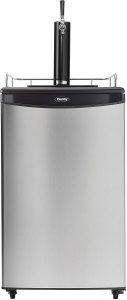
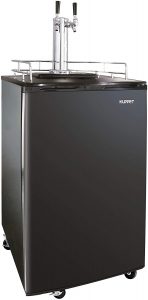
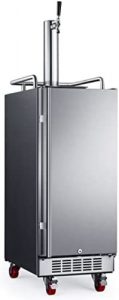
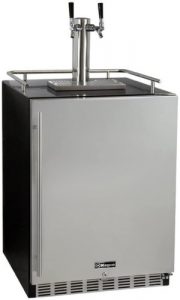
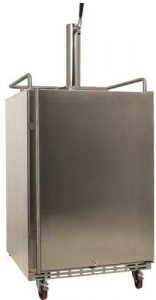

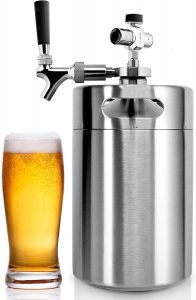
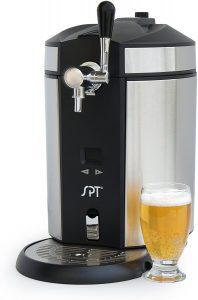
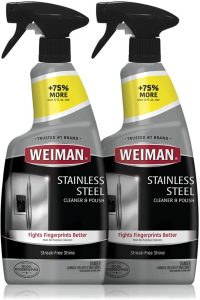

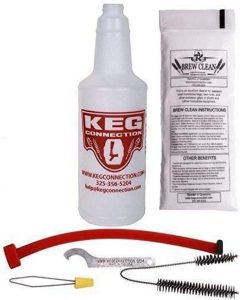
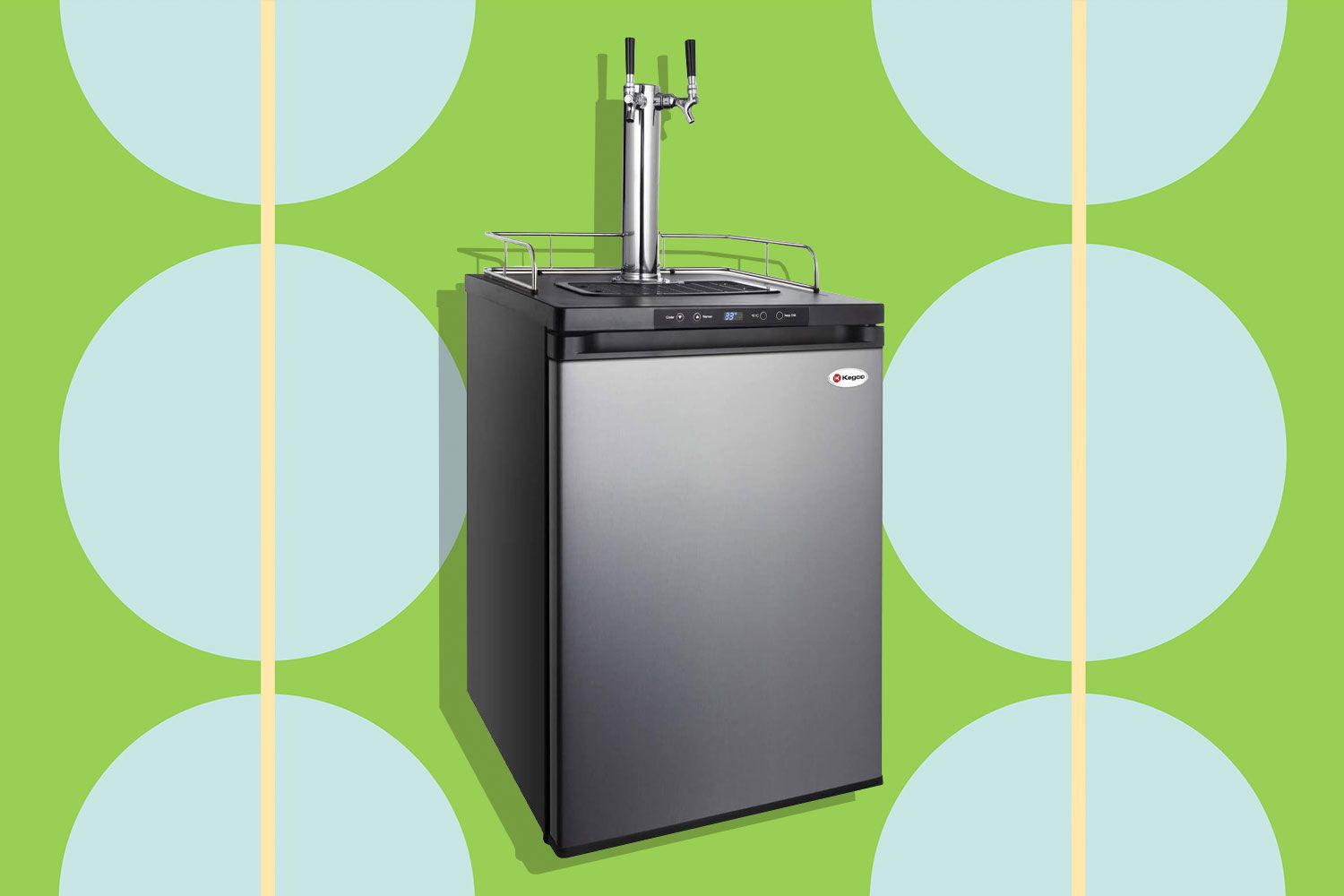
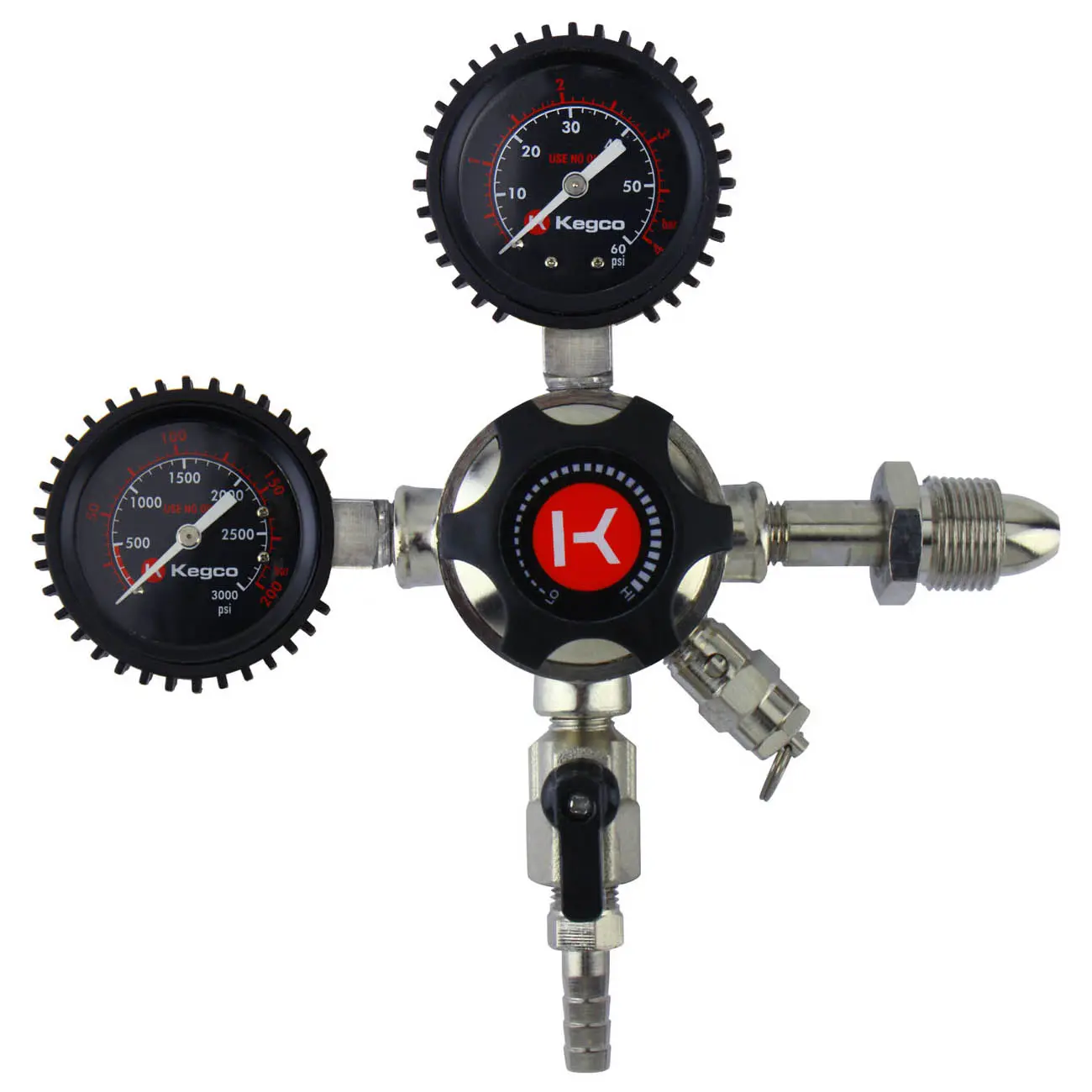
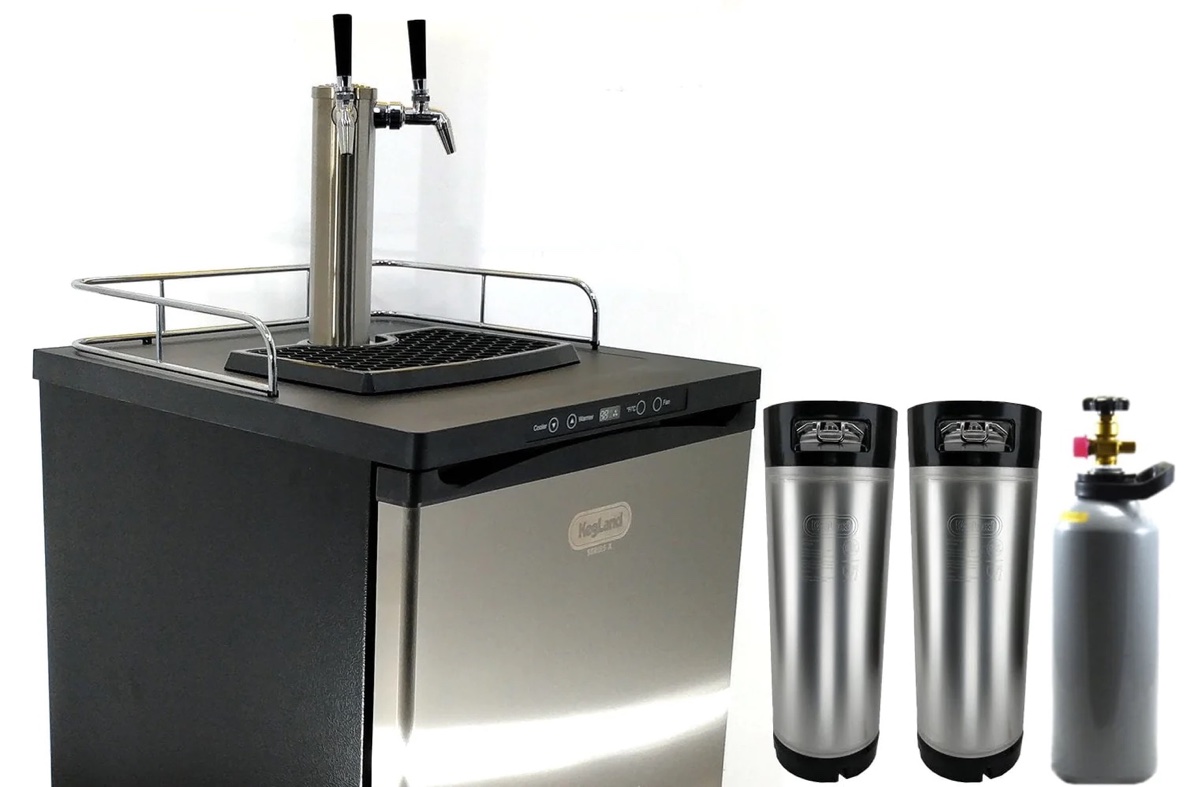
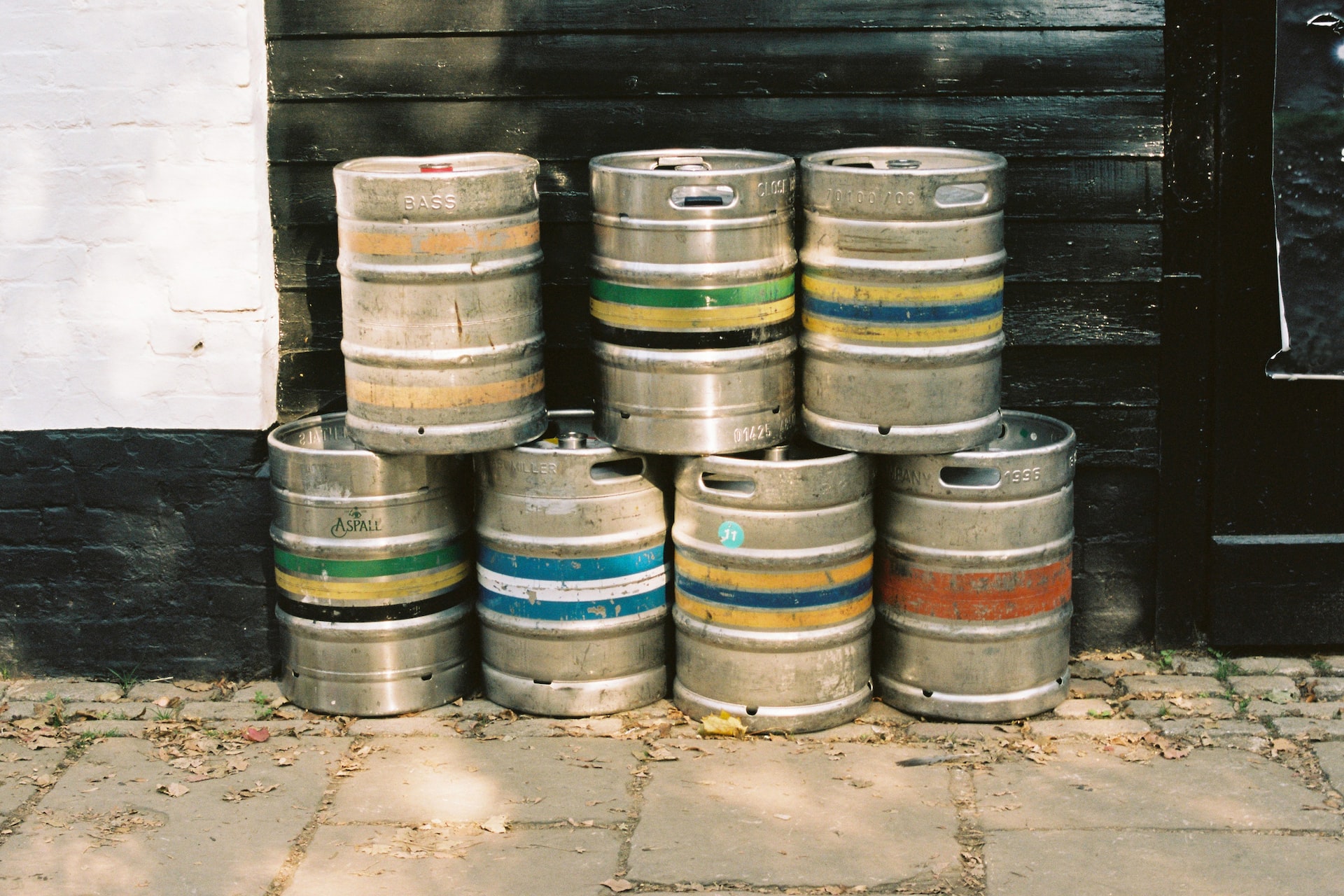
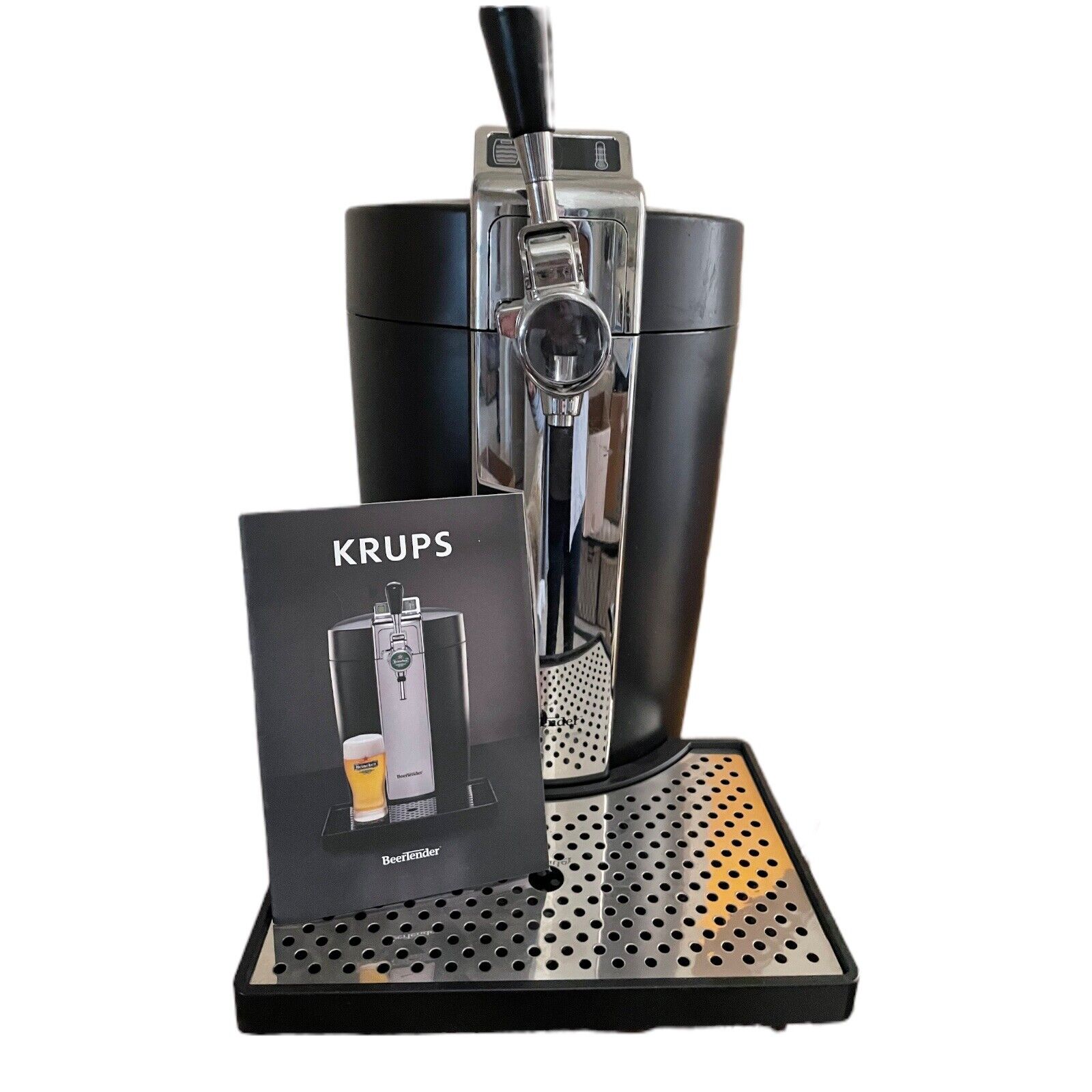
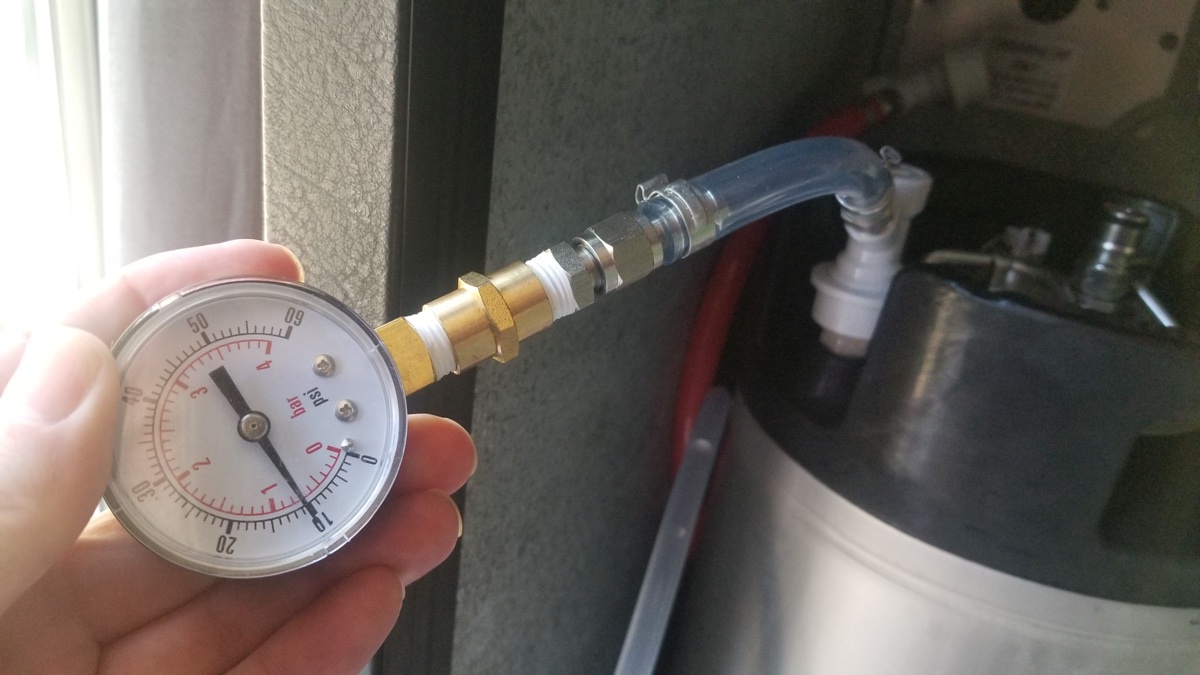
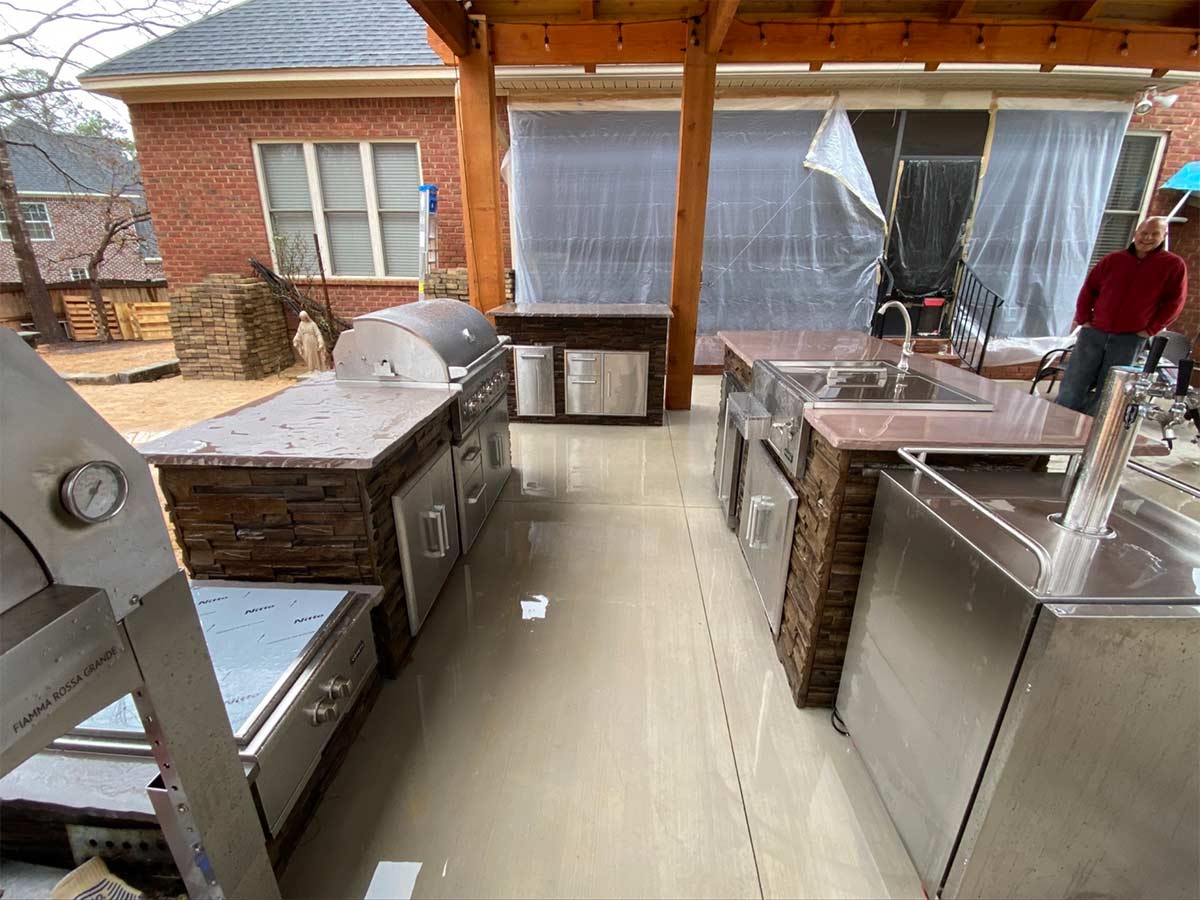
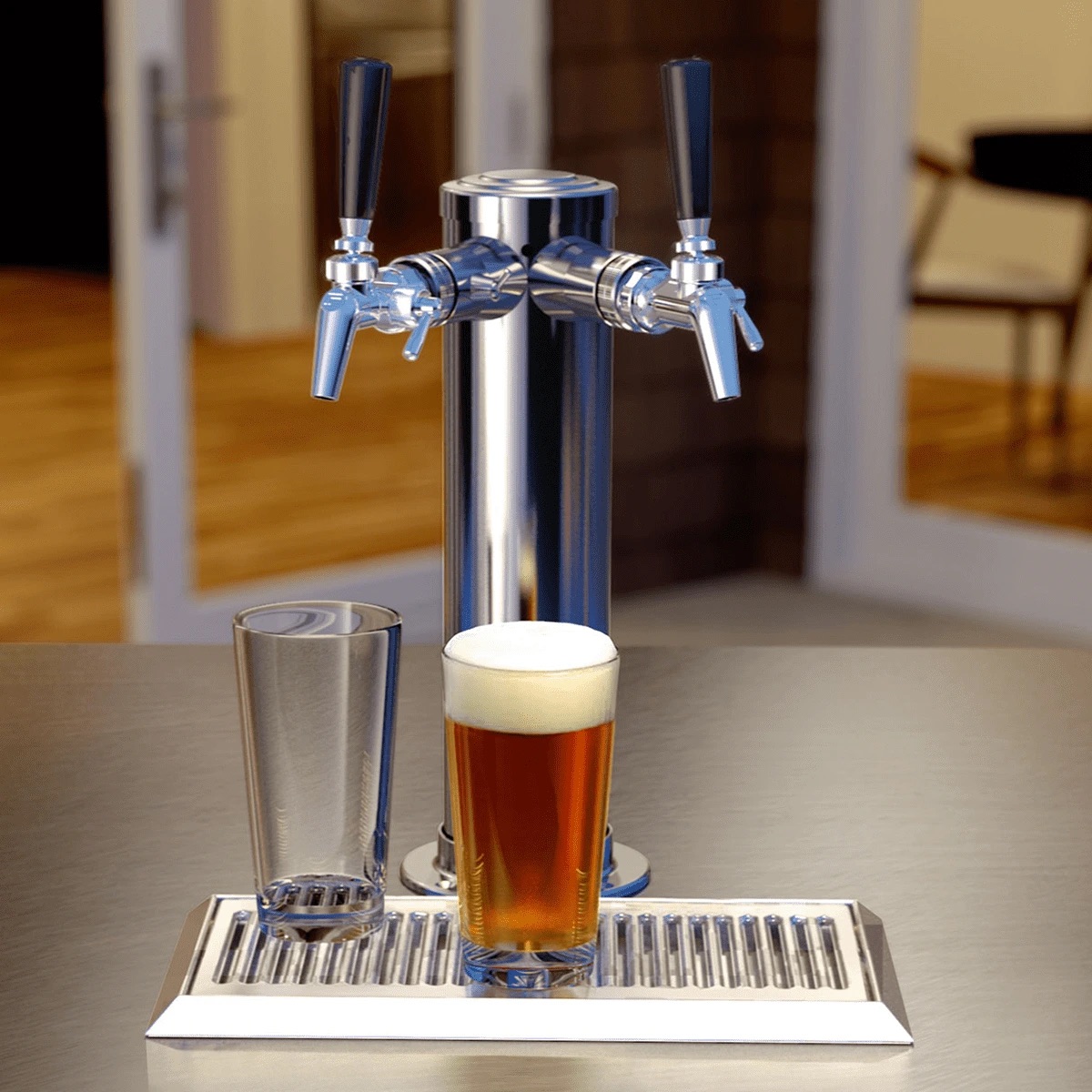
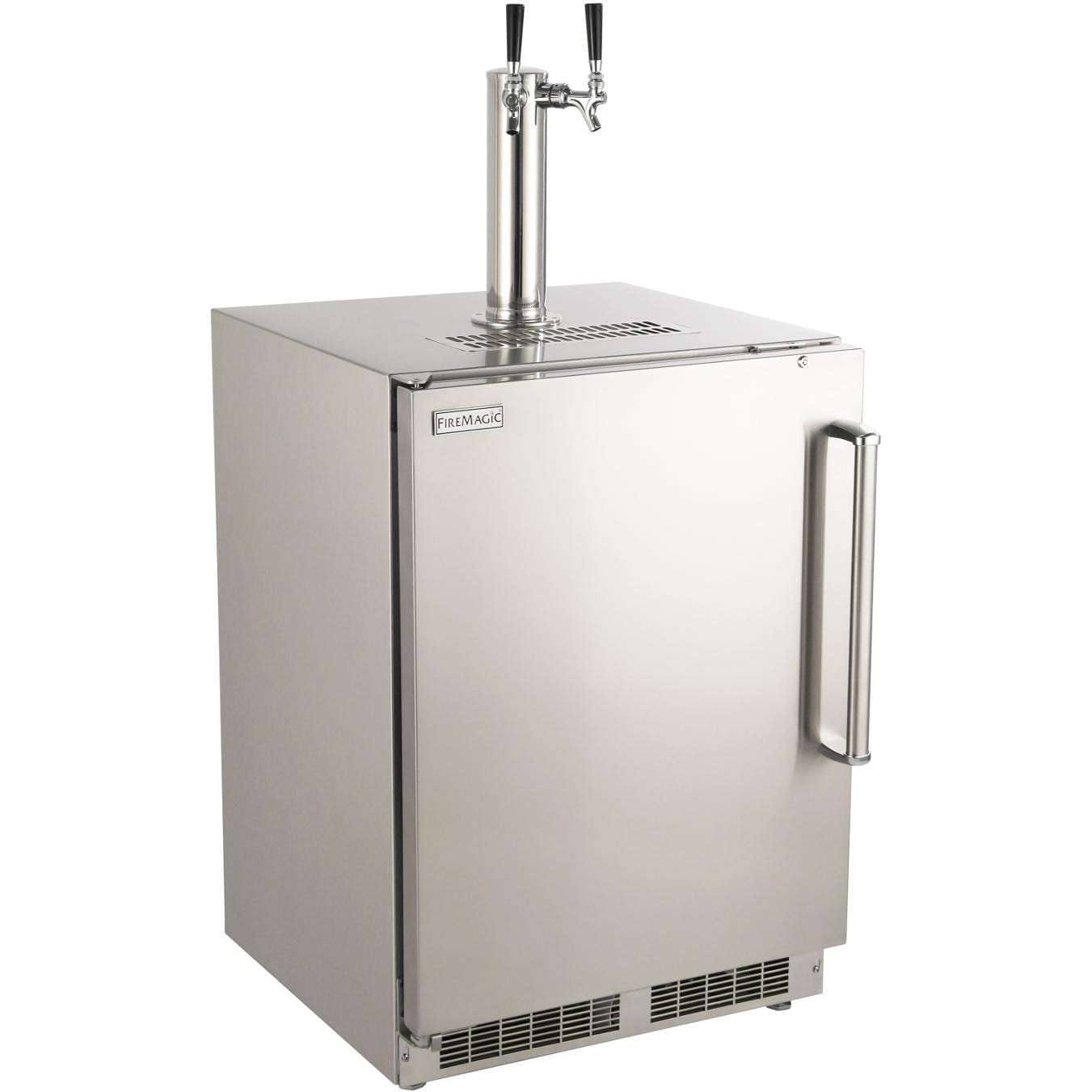

0 thoughts on “What Is a Kegerator and What Is It Used For?”